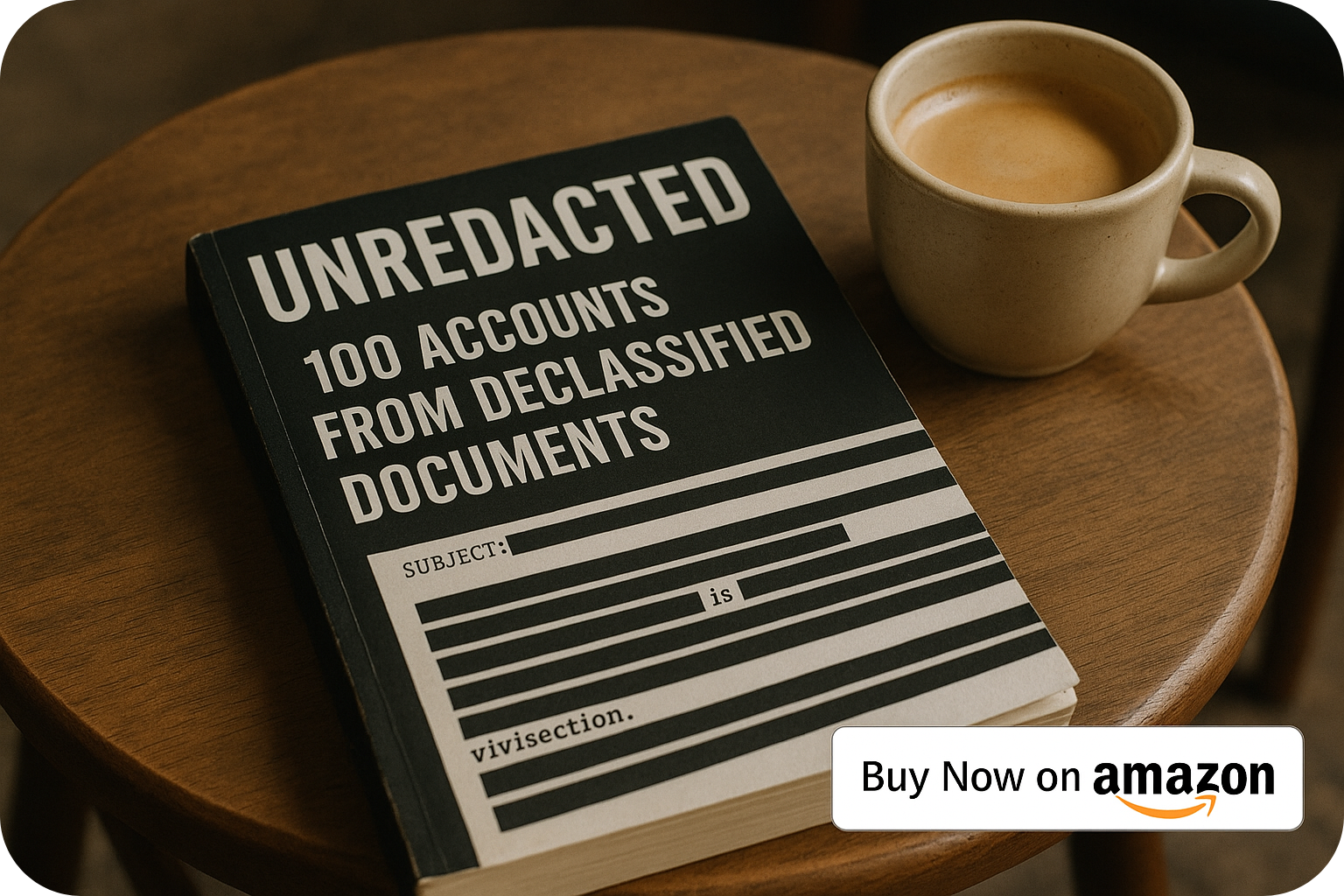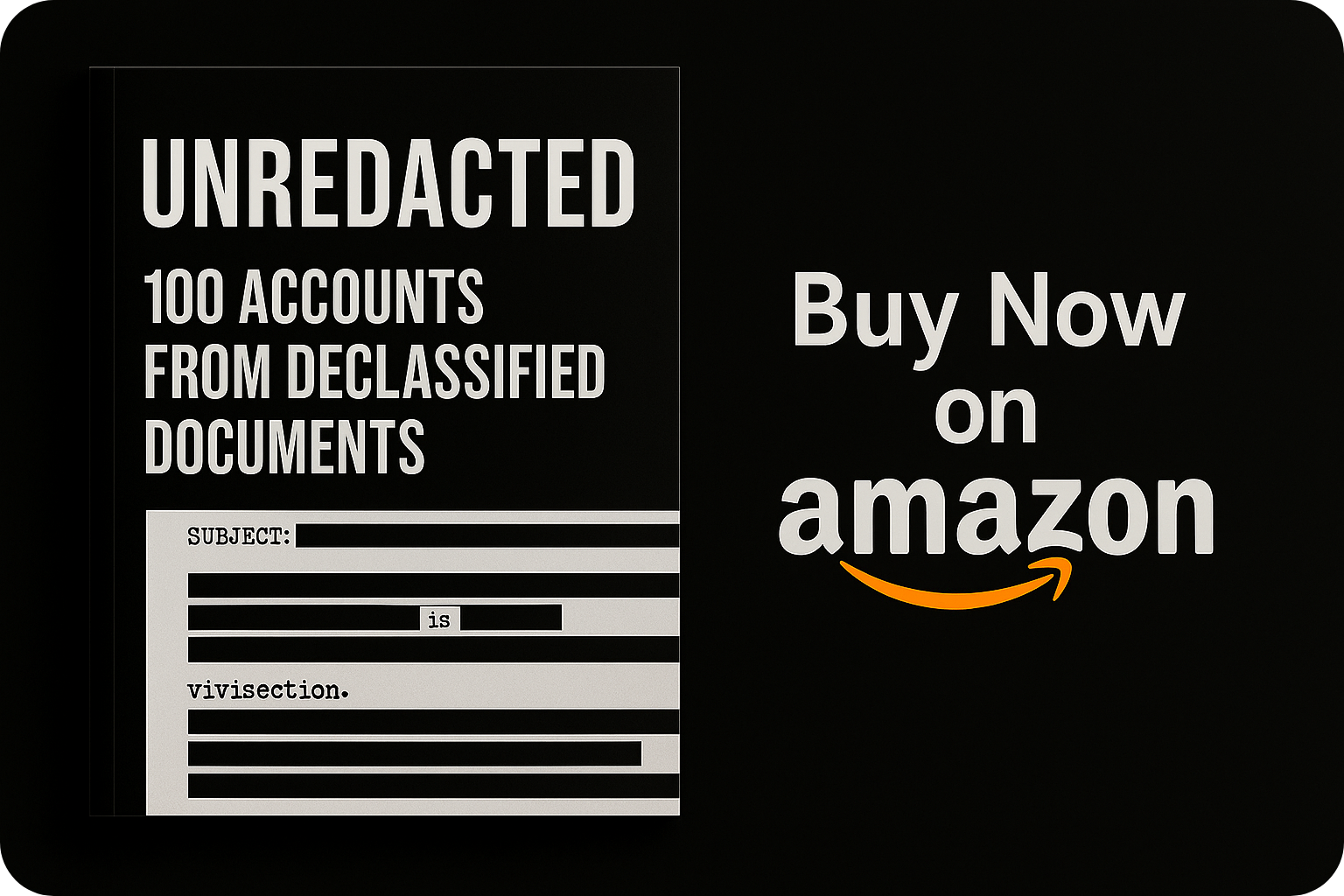In early 1957, U.S. government researchers tried to interrupt one of the most powerful altered states ever induced: the LSD experience.
Their tool was BOL-2-bromo-LSD-a close chemical cousin to lysergic acid diethylamide but with one key difference: it didn’t cause hallucinations.
The hope was that BOL might bind to the same receptors and outcompete LSD, chemically blocking the trip.
It didn’t.
🧬 The Theory: A Receptor Shield
LSD’s effects arise from how it binds to serotonin receptors, particularly 5-HT2A. Researchers speculated that BOL, a non-hallucinogenic derivative, might:
-
Compete for those same receptors
-
Block LSD’s entry
-
Prevent-or at least mute-the psychedelic effects
The experiment was straightforward: administer LSD and BOL simultaneously to former morphine addicts familiar with the drug’s effects, and compare the experience to LSD alone.
🧪 The Subjects: Former Morphine Addicts
Fifteen test subjects were selected:
-
All were Black males with a history of morphine addiction
-
None had signs of major psychosis
-
All had previous exposure to LSD
This group, referred to in the report as "nontolerant former addicts," received different combinations:
-
BOL + LSD
-
Placebo + LSD
-
Placebo + placebo
A control group for BOL-only wasn’t tested due to a reported shortage of the compound.
📉 The Results: No Block, No Boost
The findings were clear:
-
BOL did not block the LSD reaction
-
There was no change in intensity or onset
-
Measures included physical reactions (blood pressure, knee-jerk reflexes) and subjective evaluations of mental state using questionnaires and rating scales
"There was no significant blocking of the LSD reaction and no accentuation of it."
Further, intravenous BOL administration-according to prior studies by Ginzel and Mayer-did not reverse the LSD state, suggesting no post-hoc antidote effect either.
❌ What It Means: No Easy Antidote
The conclusion is stark: BOL cannot be used to "turn off" LSD once it begins. It doesn’t shield the brain. It doesn’t counteract the hallucinations.
"These results suggest that the attenuation of the LSD reaction observed after two days pre-treatment with LSD is due to the development of cross-tolerance."
Only prolonged LSD exposure itself-inducing tolerance-was found to reduce its effects over time. Not pharmacological interference.
🧠 A Glimpse Into Early Psychedelic Control Strategy
This study, though methodologically crude by modern standards, represents a key phase in Cold War-era efforts to understand:
-
How psychedelic states could be managed or terminated
-
How brain chemistry could be modulated in real time
-
Whether altered perception could be controlled pharmacologically
The answer, at least in 1957: not with BOL.Now generating the featured image titled "LSD CONTROL STUDY", in landscape format with a stylized reference to mid-century pharmacological testing.






